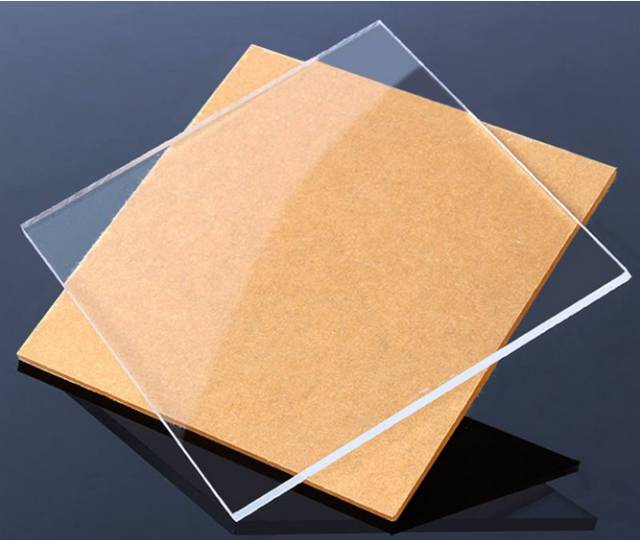Acrylic Mirror Sheets
-

The brief history of Plexiglass Acrylic
The brief history of Plexiglass Acrylic ACRYLIC, common name specially treated plexiglass. The research and development of acrylic has a history of more than one hundred years. The cohesiveness of acrylic acid was first discovered in 18...Read more -

Acrylic Sheet Types and Classification Methods
Acrylic Sheets Types and Classification Methods 1, Acrylic sheets are classified into casting sheet and extrusion sheet according to the production process, according to the transmittance can be divided into transparent plate, translucent plate (i...Read more -

Casting Acrylic Sheets, extrusion acrylic sheets — production process and advantages & disadvantages
Casting Acrylic Sheets, extrusion acrylic sheets -- production process and advantages & disadvantages Casting acrylic sheet, just as the name implies is to melt acrylic raw materials at high temperature, placed in the mold casting production. Due to the high quality ...Read more -
Maintenance And Use Of Resin Lenses
1. When the glasses are not worn, they should be placed in the mirror box. Do not touch the outer surface (outer surface) of the lens with the hard object. 2. Rinse with tap water before wiping the lens. If there is oil, wash the detergent for the dishwashing and rinse it with tap water, then use...Read more -
Advantages And Disadvantages Of Resin Lenses
Advantage 1. Light: The density of general resin lenses is 0.83-1.5, while the optical glass is 2.27~5.95. 2. strong impact resistance: The impact resistance of resin lens is generally 8 ~ 10kg / cm2, is several times the glass, so it is not easy to break, safe and durable. 3. Good light transmis...Read more -
Characteristics Of Acrylic Lens
A. Low density: due to the gap between the molecular chains, the number of molecules per unit volume is small, which determines the advantages of the resin lens: low specific gravity and light texture, which is 1/3-1/2 of the glass lens; B. Moderate refractive index: ordinary CR-39 propylene diet...Read more -
Introduction To Acrylic Lens
The resin lens is an organic material. The inside is a polymer chain structure, which is connected to form a three-dimensional network structure. The intermolecular structure is relatively relaxed, and there is a space between the molecular chains which can generate relative displacement. The lig...Read more




